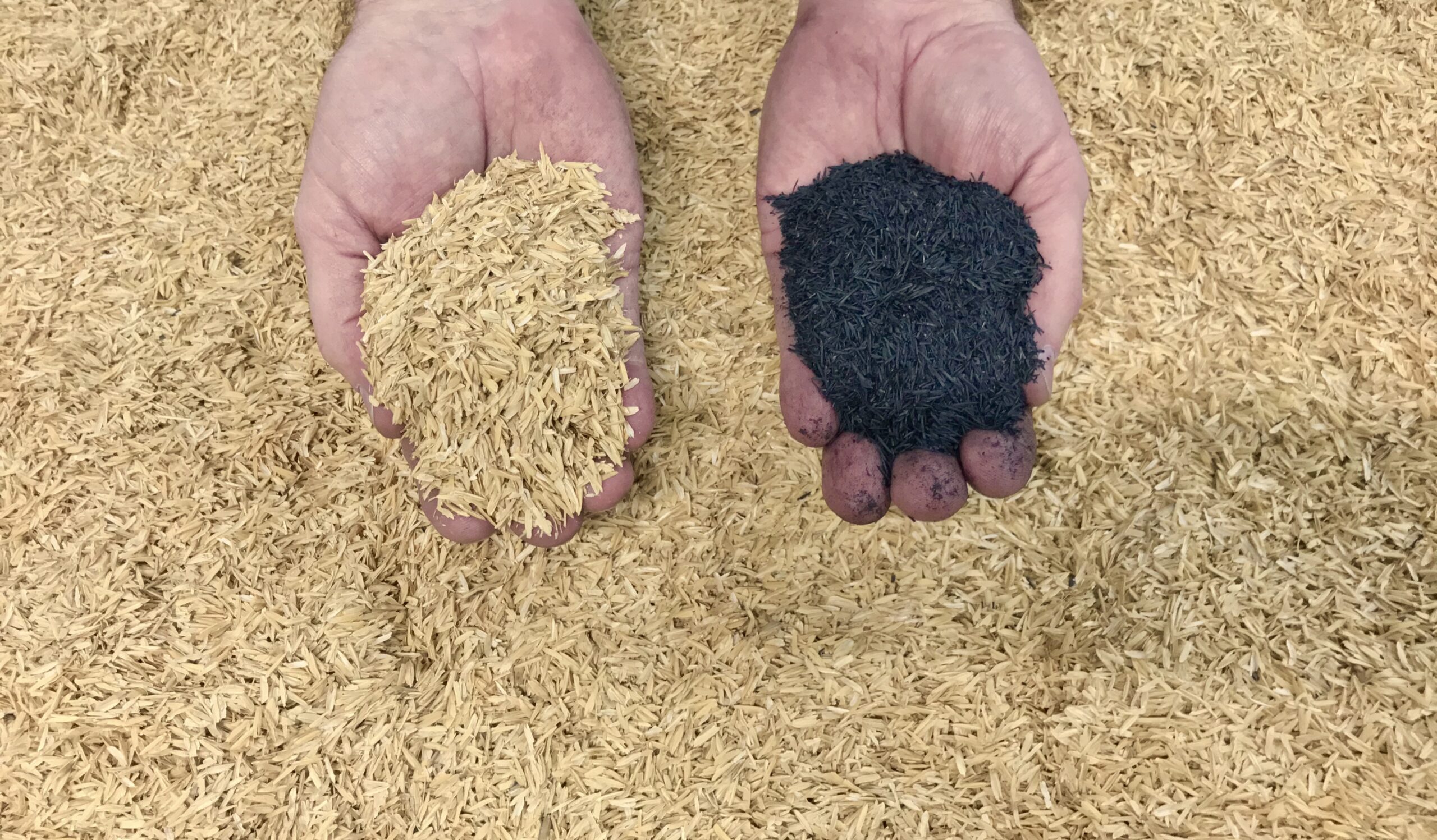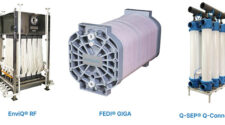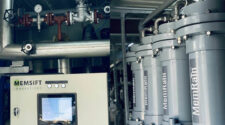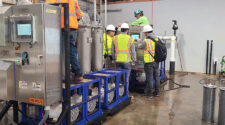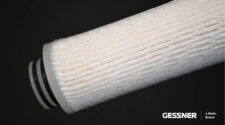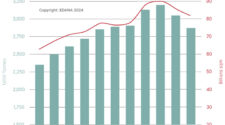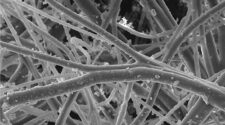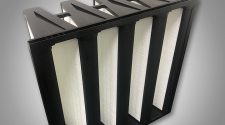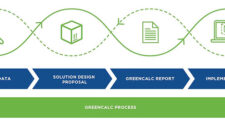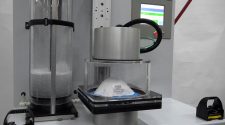Glanris announced that its Biocarbon filtration biochar has been proclaimed net CO2 negative following a recent completion of a Life Cycle Assessment (LCA) with Accend, a partner of Puro.Earth. These findings coupled with the media’s previous certification as a biochar, allowed Glanris’ addition to the Puro.Earth CORC exchange (Carbon Removal Certificate).
LCAs analyze the impacts and outputs of a product or process and the corresponding effects they might have on the environment. The scope of Accend’s LCA covered the harvesting, transport and handling of sourced rice hulls and Glanris’ manufacturing emissions.
“Using the ISO standard methodology for product carbon footprints, we have measured the carbon sequestration potential of Glanris’ biochar,” Paul Ferguson of Accend noted. “The results show that each tonne of biochar sequesters approximately 1 tonne of CO 2 for 100 or more years, even after production and transport emissions are accounted for.”
Biochar is one of the top tools to provide significant, immediate impact to mitigate climate change according to the IPCC’s list of Negative Emission Technologies (NETs). Glanris not only mitigates greenhouse gas emissions by providing a sustainable intervention for ag waste, but the pyrolysis process that creates their International Biochar Initiative certified biochar media allows carbon sequestration by extending the normal degradation cycle. The resulting Biocarbon media has water filtration functionality – making emission mitigation and carbon sequestration a no-cost benefit of their product.
“Glanris’ technology has the power to affect major change in three main areas: mitigating the climate crisis by reducing GHG emissions, sequestering carbon, and fighting water scarcity and security,” said Bryan M. Eagle III, CEO of Glanris. “We have taken the world’s largest agricultural waste product, rice hulls, and converted it into a sustainable and affordable solution for solving the world’s water needs. And, this is achieved at the lowest cost per ton for carbon sequestration available.”
Unlike typical single-function filtration media, Glanris’ media possesses unique dual-functionality to remove both metal and organic contaminants from water. Glanris sells its 901x Biocarbon media directly and through water services companies and distributors to industrial and municipal users, and residential filter manufacturers.
Source: Glanris


